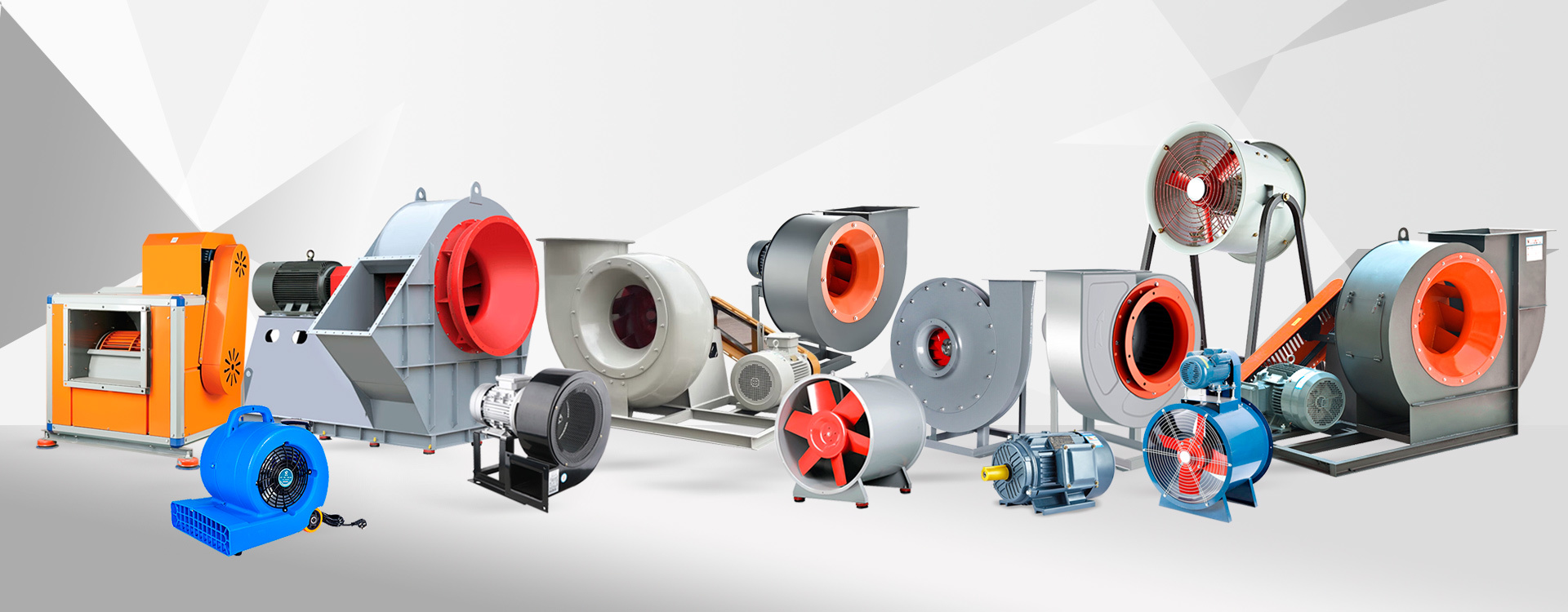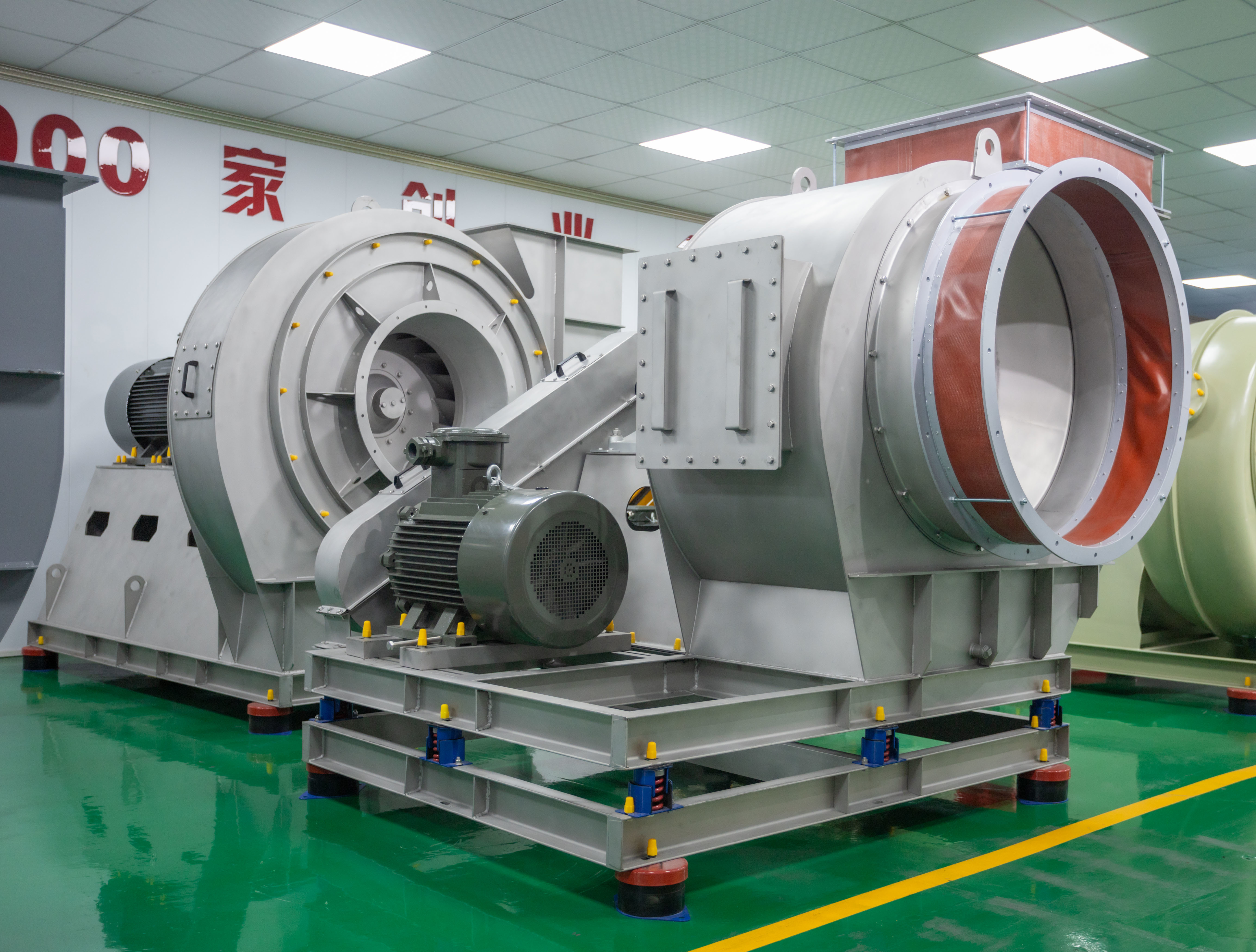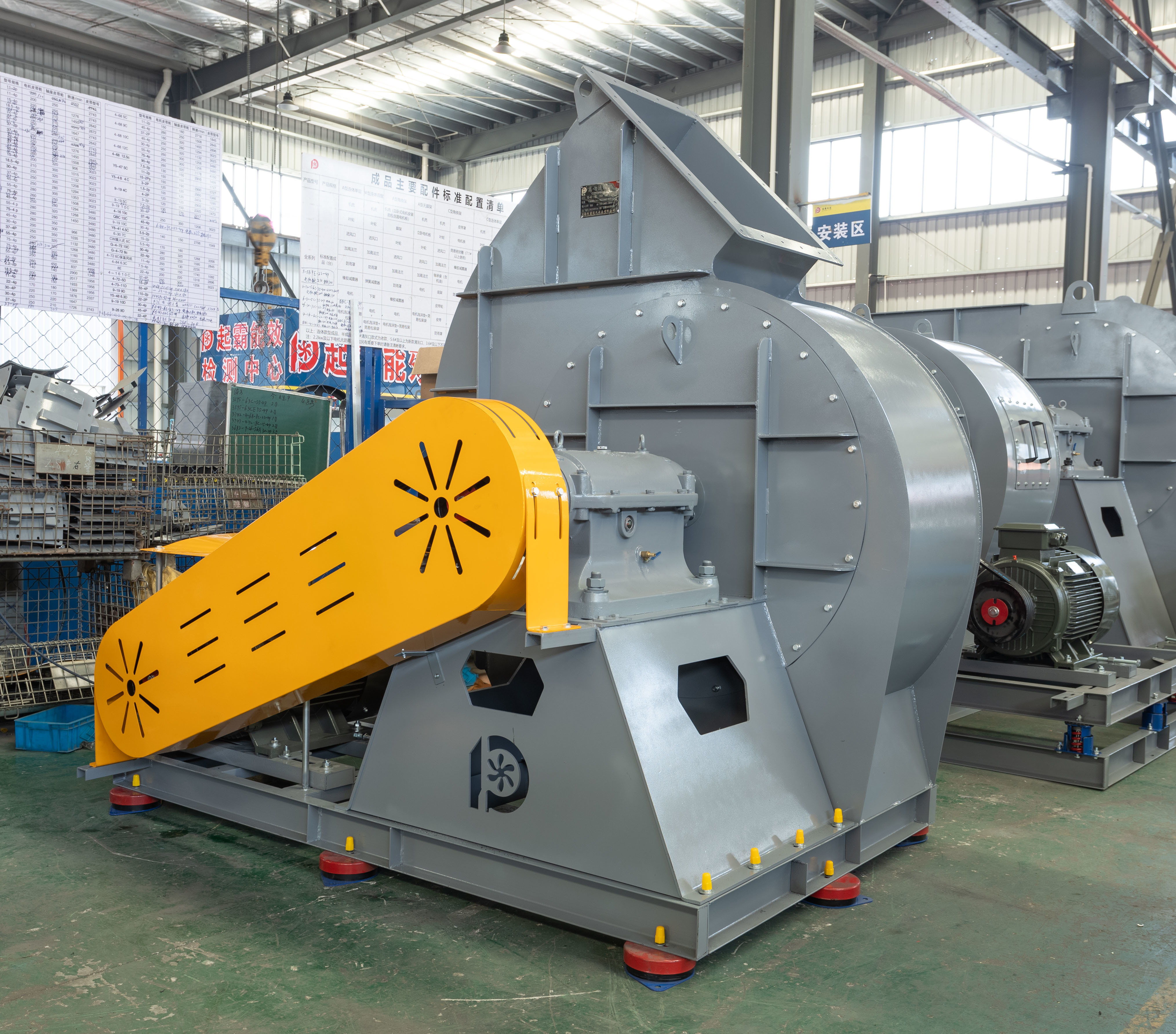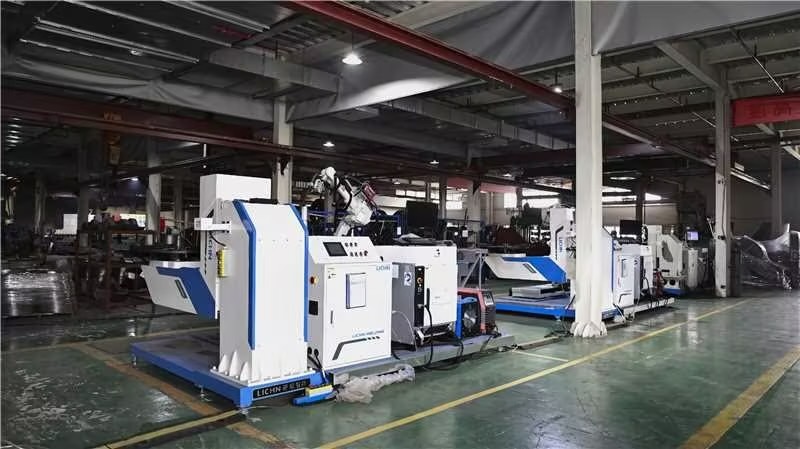Centrifugal Fan Selection Guide: These Key Points You Cannot Miss!

When it comes to industrial ventilation systems, centrifugal fans play a pivotal role in maintaining air quality and ensuring efficient operation. Selecting the right centrifugal fan can significantly impact system performance, energy efficiency, and overall operational costs. In this guide, we will explore essential factors to consider when choosing a centrifugal fan, ensuring you make an informed decision for your specific application.
Understanding Centrifugal Fans
Centrifugal fans, also known as blowers, are designed to move air or gas through a system by converting rotational energy from a motor into airflow. The design consists of an impeller, housing, and a motor. These fans are widely used in various applications, including HVAC systems, dust collection, and industrial processes. Understanding the basic principles of centrifugal fans is crucial before diving into the selection process.
1. Determine Your Application Requirements
Before selecting a centrifugal fan, it is essential to define the specific requirements of your application. Consider factors such as:
- Airflow Rate: Measure the required airflow in cubic feet per minute (CFM) or cubic meters per hour (m³/h). This measurement should align with the ventilation needs of your space or process.
- Static Pressure: Determine the static pressure requirements, which is the resistance the fan must overcome to move air through the system. This includes ductwork, filters, and other components that may restrict airflow.
- Temperature and Humidity: Evaluate the operating conditions, including temperature and humidity levels. Some fans are designed for specific environments, such as high-temperature applications.
2. Fan Type and Design
Centrifugal fans come in various designs, each suited for specific applications. Understanding the differences can help you choose the right type for your needs. The main types include:
- Backward Curved Fans: These fans are known for their efficiency and are ideal for applications requiring high airflow and low static pressure.
- Forward Curved Fans: Forward curved fans are typically smaller and lighter, making them suitable for low-pressure applications. They are commonly used in residential HVAC systems.
- Radial Fans: Radial fans are versatile and can handle high static pressures, making them suitable for industrial applications with significant airflow resistance.
3. Fan Performance Curves
Fan performance curves are critical tools that illustrate how a fan will perform under various conditions. These curves display airflow against static pressure, allowing you to assess the fan's capabilities. When reviewing performance curves, consider the following:
- Operating Point: Identify the intersection of your required airflow and static pressure on the curve. This point indicates the fan's optimal performance under your specific conditions.
- Efficiency: Look for the efficiency curve on the graph, as it indicates how effectively the fan converts power into airflow. Higher efficiency means lower energy costs and reduced environmental impact.
- Noise Levels: Noise is an essential factor in many applications. Performance curves may also indicate sound levels, helping you select a fan that meets your noise requirements.
4. Motor Selection
The motor is a critical component of a centrifugal fan, and selecting the right motor is crucial for optimal performance. Consider the following:
- Motor Type: Choose between single-phase or three-phase motors based on your power supply and application needs. Three-phase motors are generally more efficient and suitable for larger fans.
- Power Rating: Ensure the motor's power rating matches the fan's requirements. An undersized motor may lead to overheating and premature failure, while an oversized motor can result in unnecessary energy consumption.
- Speed Control: Determine if variable speed control is necessary for your application. Adjustable speed drives (ASDs) can enhance efficiency and provide flexibility in operation.
5. Material and Construction
The materials used in the construction of the centrifugal fan impact its durability and performance. Factors to consider include:
- Material Type: Common materials include galvanized steel, stainless steel, and plastic. The choice depends on the environment, such as exposure to corrosive substances or extreme temperatures.
- Impeller Design: The impeller's design and material can affect efficiency and noise levels. Ensure the impeller is robust enough to withstand the operating conditions while maintaining performance.
6. Maintenance and Serviceability
Selecting a centrifugal fan that is easy to maintain can save time and money in the long run. Consider the following aspects:
- Accessibility: Ensure that the fan's design allows for easy access to critical components for maintenance and inspection.
- Replaceable Parts: Look for fans with easily replaceable components, such as bearings and belts. This can reduce downtime and maintenance costs.
- Manufacturer Support: Choose a reputable manufacturer that offers support, warranties, and service options. This can provide peace of mind and ensure long-term reliability.
Conclusion
Selecting the right centrifugal fan is a crucial decision that can significantly impact your system's performance and efficiency. By understanding your application requirements, evaluating fan types and performance curves, and considering motor selection, materials, and maintenance, you can make an informed choice that meets your specific needs. Remember that investing time in the selection process will lead to improved airflow, energy savings, and overall satisfaction with your ventilation system. Don't overlook these key points when embarking on your centrifugal fan selection journey!
Tag:
Recommend News











